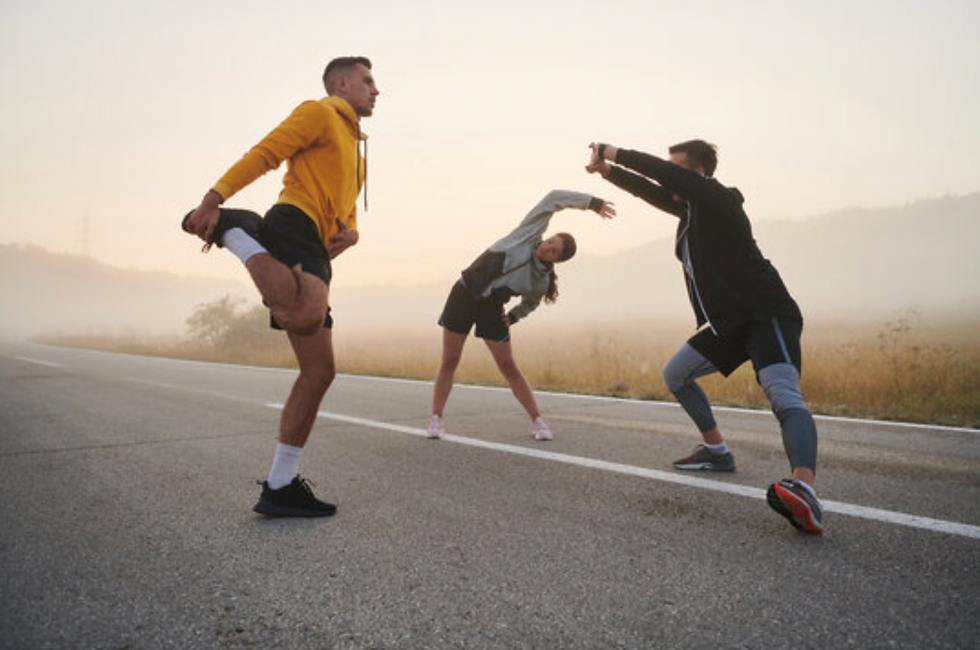The importance of warm-ups and cool-downs in sports
- Odellia Chan
- 6 days ago
- 2 min read
Why do coaches and parents always insist on warming up before training or competition, and stretching or having a cool-down routine afterwards? Many young athletes tend to skip these routines and give excuses such as “I have no time” or “I’m lazy, I’ll just do it next time”. However, these routines are equally important as the game itself. Warming up prepares the body for physical exertion, while cooling down is beneficial for recovery afterwards. Combining these two routines reduces the risk of injury, improves performance, and accelerates recovery from exercise (Tri-City Medical Center, 2020).

Warming up
Warm-ups are done before intense exercise, characterised by increasing the temperature and flexibility of muscles to minimise injury during exercise. This can be done through different stretching techniques, light jogging, cycling, and more. The purpose of warming up is to gradually prepare your cardiovascular system for physical activity, including increasing blood flow to muscles, heart rate, and the temperature of your body (Tri-City Medical Center, 2020). Furthermore, because your muscles are warmed up, it helps reduce the risk of injury, such as cramps, strain, and muscle soreness.
Cooling down
On the other hand, cooling down is done after a workout, where low-intensity activity is performed to gradually bring your heart rate and blood pressure back to resting rates. After moderate to high-intensity exercise, the heart beats faster than usual, blood vessels dilate, and body temperature is elevated (American Heart Association, 2024). If we stop abruptly after an exercise, there is a high chance of feeling dizzy, nauseated, or fainting due to sudden changes in blood circulation (Tri-City Medical Center, 2020). Thus, effective cool-down routines such as stretching, slowing the pace of the workout, deep breathing exercises, or a light walk can help lower heart rate while maintaining blood flow.
Why is this important?
If we don’t warm up adequately before a workout, there is an increased risk of injury, blood pooling, and excessive stress on the cardio-respiratory system (Tri-City Medical Center, 2020), potentially leading to serious health consequences. Warming up also enhances our muscle contractility and flexibility, preparing the body to perform at its best by enhancing our force production, agility, and coordination.
Recovery is equally important because after exercise, lactic acid builds up in our muscles, which can lead to muscle fatigue and soreness. Hence, cooling-down activities (e.g. stretches) can remove lactic acid more efficiently, thereby enhancing the recovery process (Tri-City Medical Center, 2020).
In essence, the interplay between warm-ups and cool-downs is vital for optimising performance, preventing injury, promoting recovery, and supporting long-term health.
Reference List
American Heart Association (2024). Warm Up, Cool down. [online] American Heart Association. Available at: https://www.heart.org/en/healthy-living/fitness/fitness-basics/warm-up-cool-down [Accessed 26 Oct. 2025].
Tri-City Medical Center (2020). Why warming up and cooling down is important. [online] Tri-City Medical Center. Available at: https://www.tricitymed.org/2016/12/warming-cooling-important/ [Accessed 25 Oct. 2025].
.png)





Comments